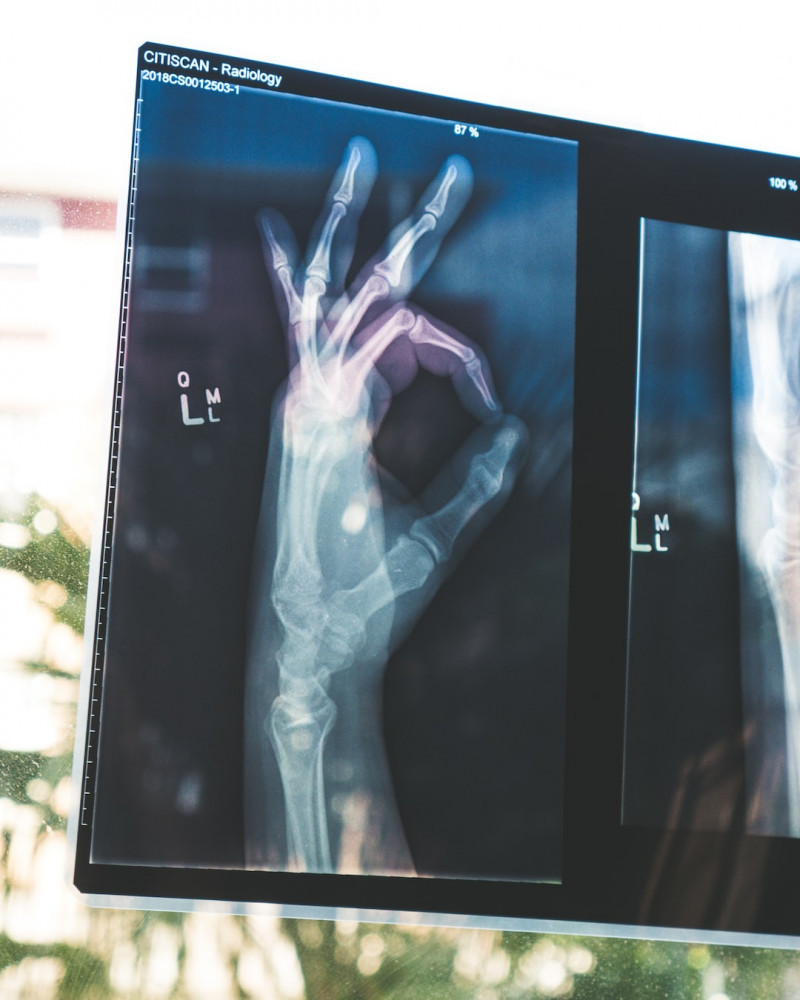
Understanding Health and Safety Obligations Under UK Law: A Comprehensive Guide
Introduction
In the United Kingdom, ensuring the health and safety of employees, visitors, and the general public is of paramount importance. To achieve this, several regulations and acts have been put in place, each carrying its own set of obligations and responsibilities. This blog post will explore key legislations like the Health and Safety at Work Act 1974, the Construction Design and Management (CDM) Regulations, the Reporting of Injuries, Diseases, and Dangerous Occurrences Regulations (RIDDOR), and outline the respective responsibilities of clients, contractors, and consultants.
1. Health and Safety at Work Act 1974
The cornerstone of health and safety legislation in the UK is the Health and Safety at Work Act 1974. This act establishes the fundamental principles and general duties for maintaining health and safety in the workplace. Its key provisions include:
a. Duty to ensure the health, safety, and welfare of employees and others.
b. Duty to provide and maintain a safe working environment, equipment, and systems.
c. Duty to provide adequate training and supervision.
d. Duty to assess and manage risks.
Responsibilities:
– Employers must take reasonable steps to ensure health and safety.
– Employees must cooperate and follow safety procedures.
– Everyone in the workplace should take responsibility for their own safety and that of others.
2. Construction Design and Management (CDM) Regulations
For the construction industry, the CDM Regulations are crucial. The most recent update, CDM 2015, focuses on planning and managing projects to prevent health and safety risks. Key elements include:
a. Appointment of a Principal Designer (PD) and Principal Contractor (PC) for significant projects.
b. Risk assessments and health and safety plans.
c. Cooperation, coordination, and communication among project teams.
d. Client duties in ensuring projects are executed safely.
Responsibilities:
– The client must appoint a PD and PC for larger projects and ensure their competence.
– The PD and PC have specific responsibilities for health and safety planning and coordination.
– Designers must eliminate or reduce risks in their designs.
– Contractors must implement safety measures during construction.
3. Reporting of Injuries, Diseases, and Dangerous Occurrences Regulations (RIDDOR)
RIDDOR regulations mandate the reporting of specific workplace accidents, diseases, and dangerous incidents. Key requirements include:
a. Reporting of fatal accidents, specified injuries, dangerous occurrences, and certain occupational diseases.
b. Reporting must be made to the Health and Safety Executive (HSE).
Responsibilities:
– Employers, the self-employed, and individuals in control of workplaces must report incidents as required.
– Responsible persons should keep records of reported incidents.
4. Responsibilities of the Client, Contractor, and Consultants
a. Responsibilities of the Client:
– Appoint a competent Principal Designer and Principal Contractor (for larger projects).
– Ensure adequate time and resources for project planning.
– Provide information about the project and any known risks.
– Verify that appointed parties are fulfilling their health and safety duties.
– Maintain cooperation and communication throughout the project.
b. Responsibilities of the Contractor:
– Develop and implement a construction phase plan.
– Control and manage construction risks.
– Ensure that workers are competent and receive proper training.
– Cooperate with the Principal Designer, other contractors, and the client.
c. Responsibilities of Consultants (Designers):
– Eliminate or reduce risks through design.
– Share relevant safety information with the Principal Designer and Contractor.
– Cooperate with the Principal Designer and Contractor to ensure a safe project.
Conclusion
Compliance with health and safety obligations under UK law is essential for safeguarding the well-being of all individuals in the workplace and on construction sites. The Health and Safety at Work Act 1974, CDM Regulations, and RIDDOR regulations outline the legal framework for ensuring health and safety, while clients, contractors, and consultants have distinct responsibilities in contributing to a safe working environment. By understanding and adhering to these regulations and roles, we can collectively foster a culture of safety and reduce the risks associated with work-related incidents.
If you have a project in mind where you need to set up your Health and Safety arrangements in accordance with the current legislation call Alan on 07539141257 or 03332241257 schedule a call with Alan on https//calendly.com/alanje or drop an email to alan@alpusgroup.com.
